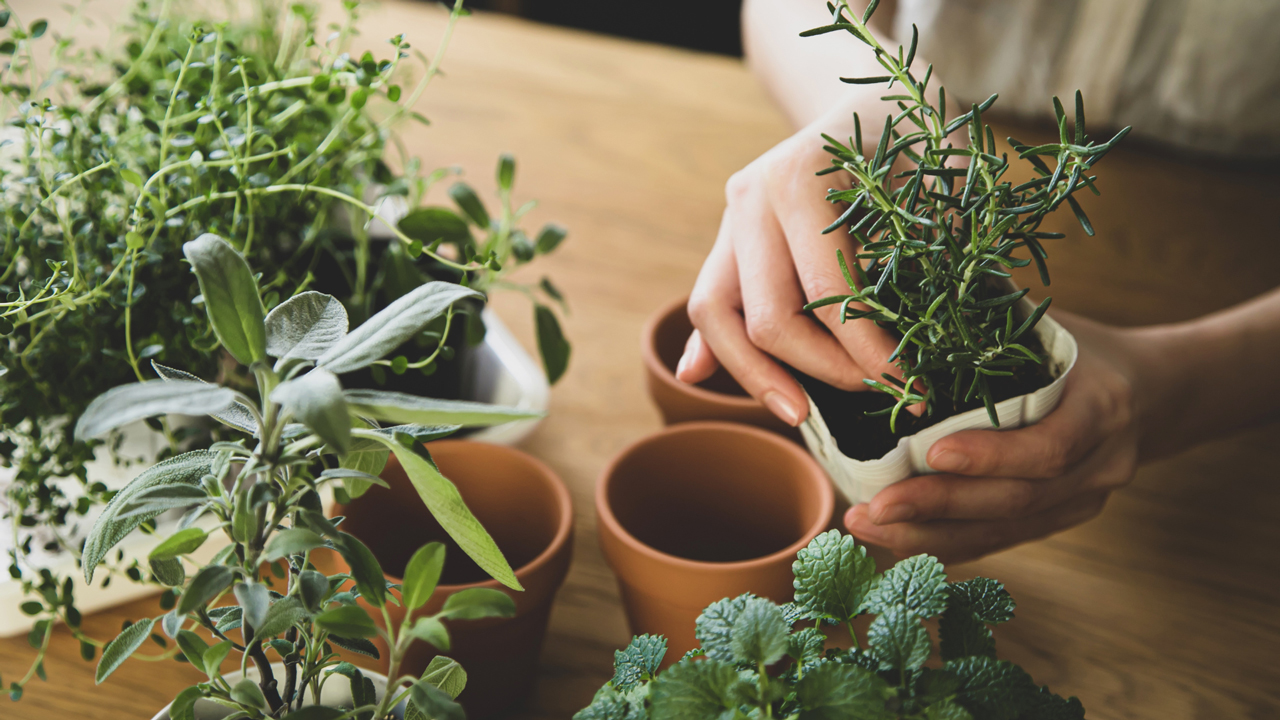Key Takeaways
- Proper air circulation and spacing in interior planting design prevent mold by reducing moisture buildup.
- Overwatering is a leading cause of plant mold; adjusting watering habits can help keep your plants healthy.
- Monitoring and regulating indoor humidity levels is key to preventing mold growth in plants and soil.
- Natural fungicides like neem oil can effectively treat mold without harming plants.
- Plant services and professional maintenance can help ensure a mold-free indoor garden year-round.
Indoor plants not only enhance your living space but also offer numerous health benefits. However, mold can pose a serious threat to your plants and home environment. With proper knowledge and techniques, you can both prevent and treat mold effectively.
This guide will walk you through practical solutions for tackling plant mold while offering insights into the importance of plant services, interior planting design, and plant maintenance services for a mold-free indoor garden.
Plant Mold: Causes and Impact
Plant mold occurs when excessive moisture accumulates on or around plants, creating a breeding ground for fungi. This typically results from overwatering, poor air circulation, or high humidity. Mold can harm both the plant’s health and your home’s indoor air quality. Addressing these factors early through proper plant services and interior planting design can make a huge difference.
If left untreated, mold can weaken plants by stunting their growth, causing leaf discoloration, and even leading to root rot. The key is recognizing the signs early and implementing the right plant maintenance services to stop mold from spreading.
How to Prevent Plant Mold
Ensure Proper Air Circulation
One of the most effective ways to prevent plant mold is to provide good air circulation around your plants. Stale air creates a humid environment that encourages mold growth. Consider placing fans in rooms where your plants are located to maintain airflow.
For a more holistic approach, plant services professionals can help with interior planting design that optimizes your space for airflow, ensuring your plants stay mold-free.
Avoid Overwatering
Overwatering is a common cause of mold, especially in potted plants. When soil remains consistently wet, it promotes fungal growth. To avoid this, let the top layer of soil dry out before watering again.
For those who struggle with watering routines, plant maintenance services can offer guidance or even take over the task, ensuring that each plant gets the right amount of water.
Your pots must also have proper drainage. Without drainage holes, excess water has nowhere to go, creating a damp environment ideal for mold.
Regulate Humidity Levels
Humidity control is essential for preventing mold. Too much moisture in the air can quickly lead to mold growth. Use a hygrometer to monitor humidity levels in your home and adjust as needed. If your indoor space is too humid, consider using a dehumidifier.
Professional Plant services can assist in creating the right humidity balance for your specific plants. This tailored approach can prevent mold from taking hold while promoting healthy growth.
How to Remove Mold from Plants
Isolate Affected Plants
If you notice mold on any of your plants, the first step is to isolate the affected ones. Mold can spread quickly from one plant to another, so it’s essential to contain it. Moving the infected plant to a separate location will help prevent further contamination.
Remove Mold Manually
Once isolated, you can remove visible mold from the plant using a damp cloth or sponge. Wipe the mold away from the leaves, stems, and soil surface carefully. Be gentle to avoid damaging the plant. Afterward, ensure the plant receives adequate airflow and light to deter future mold growth.
For large-scale plant collections or heavily infected plants, consider reaching out to plant maintenance services for professional cleaning and mold removal.
Treat Soil Mold
Mold in the soil can be particularly damaging. To treat soil mold, first, remove the top layer of moldy soil and replace it with fresh, dry soil. Afterward, refrain from overwatering to keep the new soil dry.
If the mold issue persists, consider repotting the plant entirely. When you replant, choose high-quality, well-draining soil. Plant services can assist with repotting, ensuring your plant receives fresh soil that promotes healthy root growth and prevents future mold issues.
Use Natural Fungicides
Natural fungicides, such as a diluted solution of neem oil or baking soda, can help eliminate mold without harming your plants. Apply these solutions to affected areas every few days until the mold is gone.
Professional plant maintenance services often use eco-friendly solutions that are safe for your indoor environment. Consulting with experts ensures that you’re using the right treatments in the right concentrations, avoiding potential harm to your plants.
Long-Term Maintenance Tips
Regular Plant Care
Regular plant maintenance services are key to preventing mold from returning. Scheduled care can help identify potential mold issues before they worsen. Services such as pruning, watering schedules, and soil checks are crucial to keeping your plants healthy.
Interior planting design for Mold Prevention
A well-thought-out interior planting design plays a significant role in maintaining plant health. Proper plant spacing, light exposure, and airflow all contribute to mold prevention. Professional plant services can help design and arrange your indoor garden in a way that minimizes mold risk while enhancing the beauty of your space.
Monitor for Recurring Issues
Even after removing mold, it’s important to keep an eye on your plants for any signs of recurrence. Regular checks of soil moisture, humidity, and plant health will allow you to catch mold early and treat it before it becomes a bigger problem. For a more hands-off approach, you can enlist the help of plant maintenance services to regularly inspect and care for your plants.
Mold-Resistant Plant Choices
Certain plants are more prone to mold than others, particularly those that thrive in humid environments. Choosing mold-resistant plants can significantly reduce the likelihood of mold developing in your indoor garden. Succulents, cacti, and other drought-tolerant plants tend to be less susceptible to mold issues.
If you’re unsure which plants work best for your interior space, professional plant services can help guide you through plant selection and design, ensuring you create a low-maintenance, mold-resistant garden.
Enjoy a Mold-Free Indoor Garden Year-Round
Prevention is key to managing mold in your indoor garden. Proper air circulation, watering, and humidity control help keep mold at bay.
If mold does appear, it can be tricky to handle, but with the right strategies and professional support, you can restore your plants’ health and prevent future outbreaks.
Whether you’re looking to improve airflow or need ongoing plant maintenance, our expert team is here to assist. If you are dreaming of transforming your indoor garden with a mold-free design, contact us today at 949-370-9300 at Mr. PlantSoCal to learn more about our plant services and tailored interior planting solutions!


